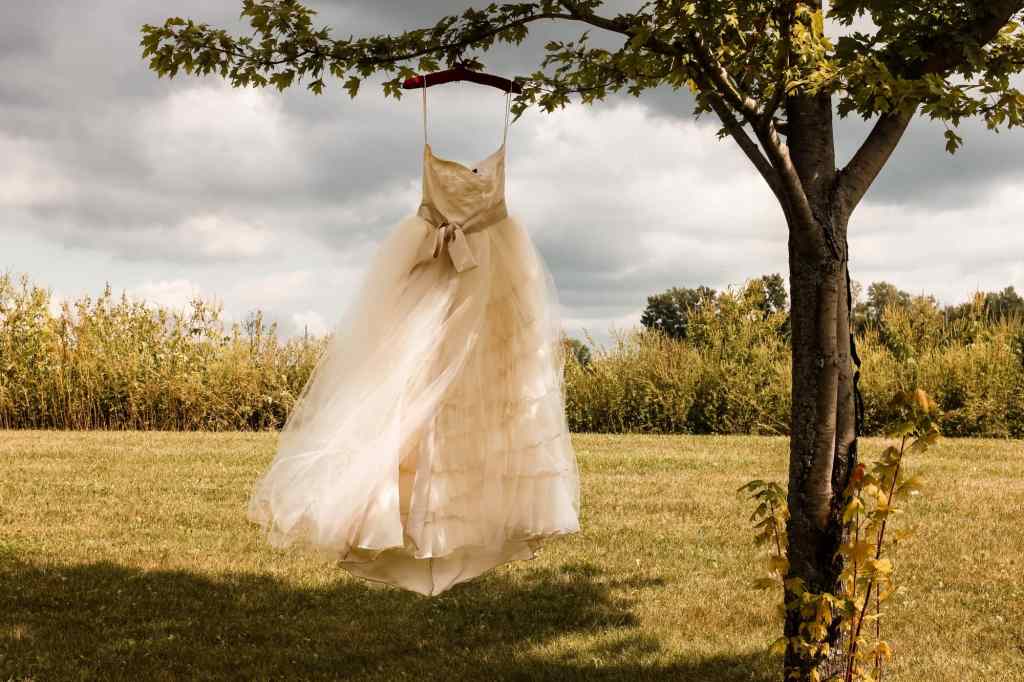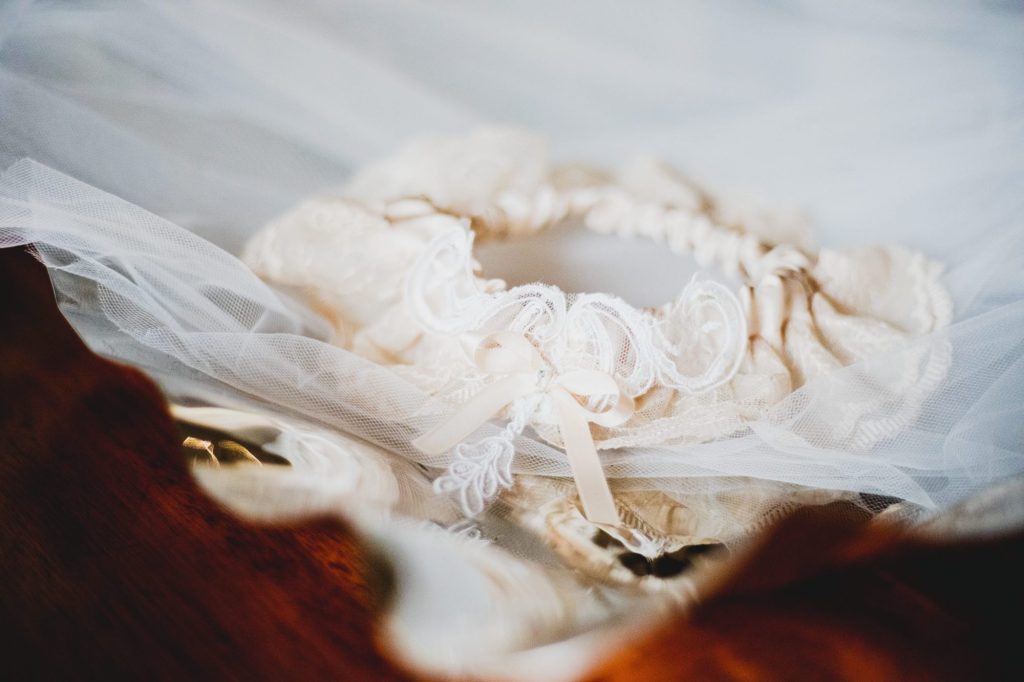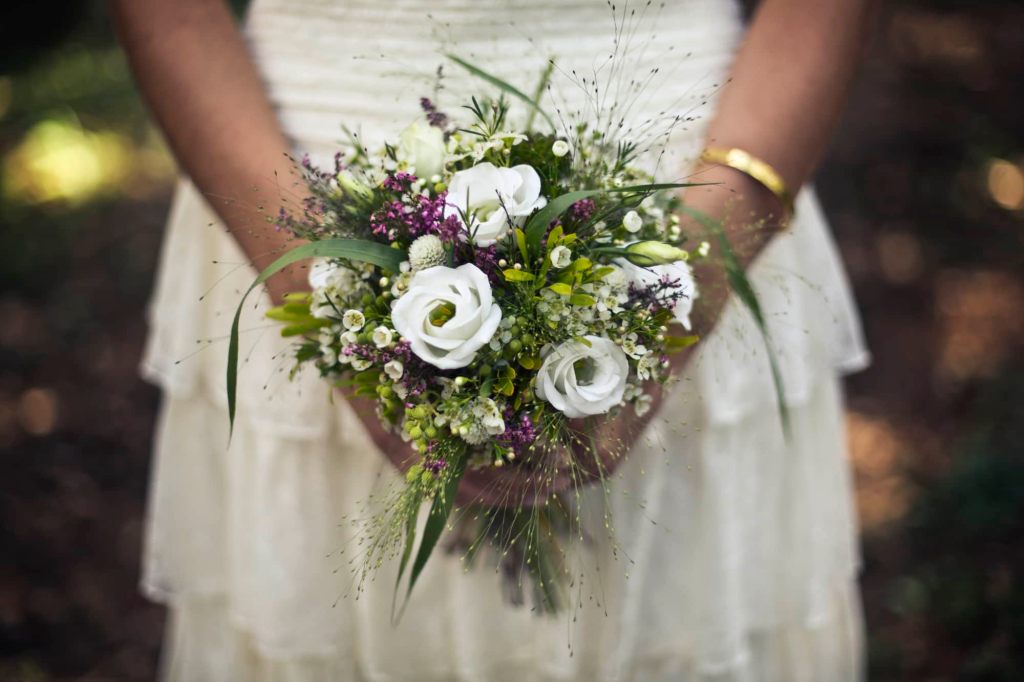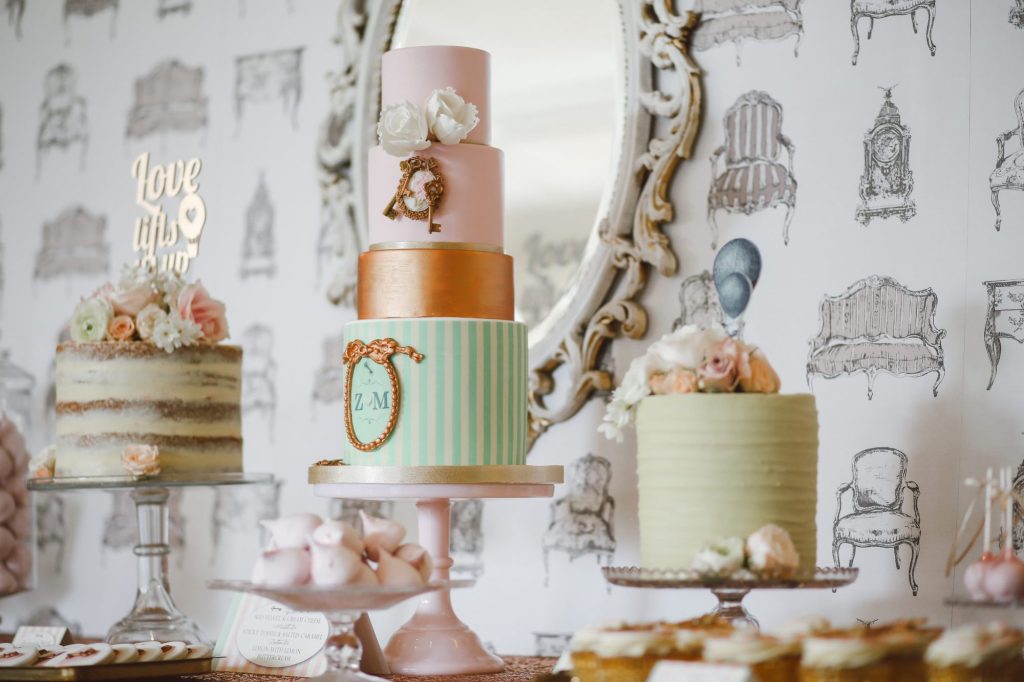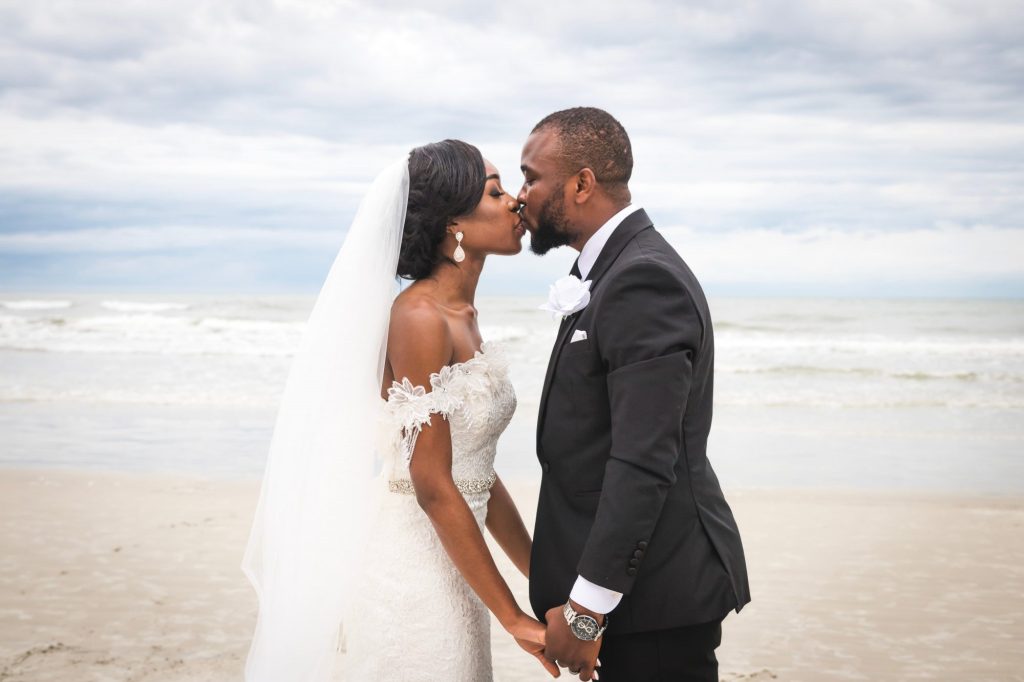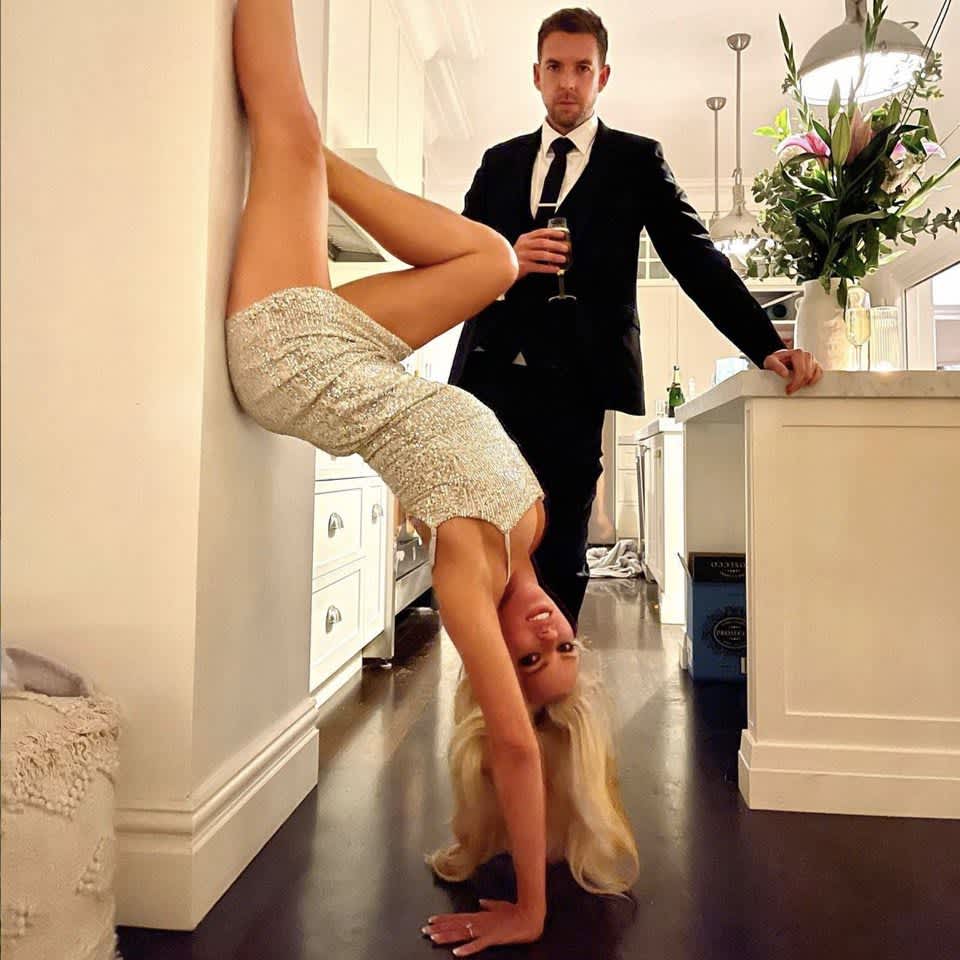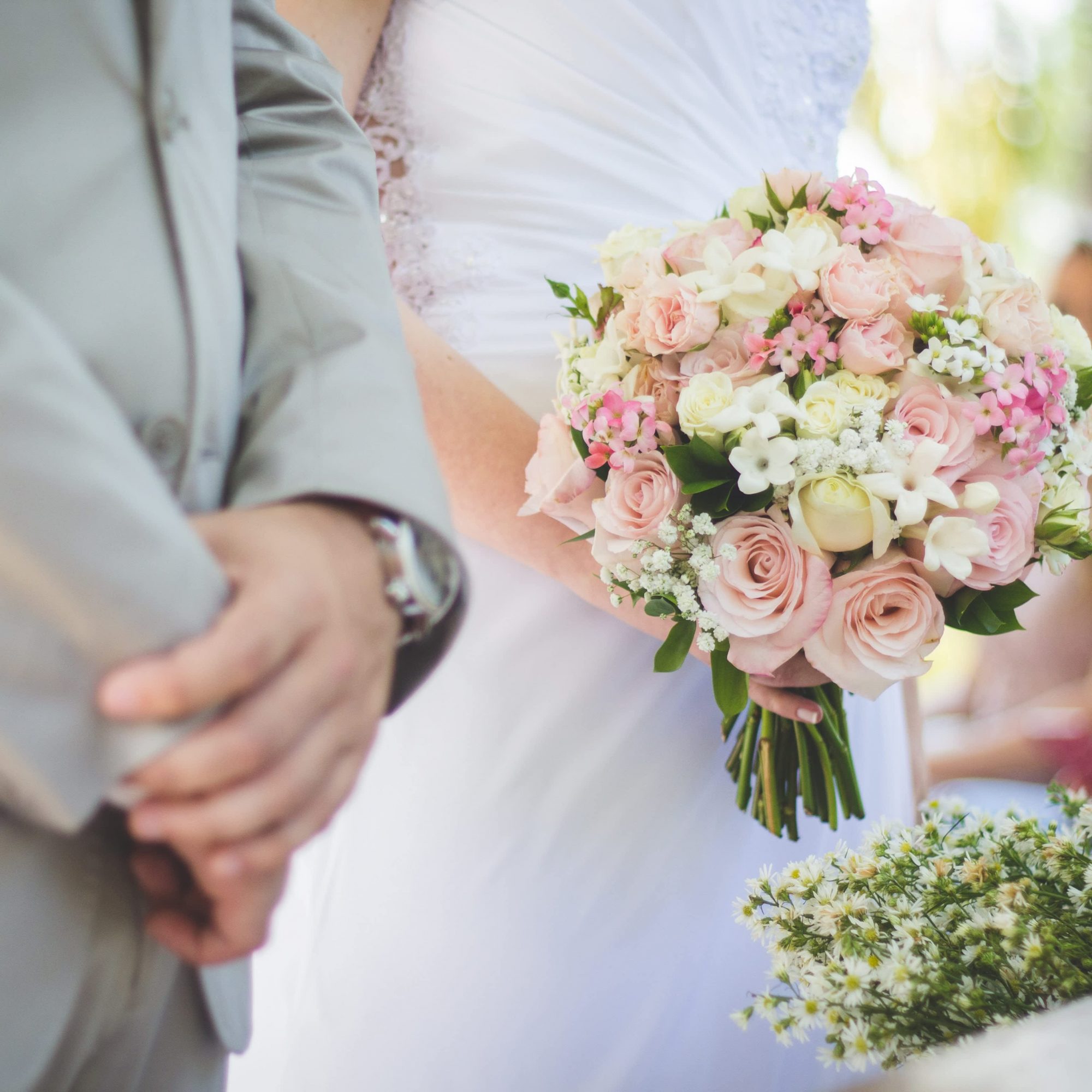
- POPSUGAR Australia
- Living
- The Meaning Behind 10 of the Most Common Wedding Traditions
The Meaning Behind 10 of the Most Common Wedding Traditions

Experts now estimate there are over a half-million couples planning to marry in the 2021-22 wedding season, which means we can expect to see a wide range of events – from lavish blowouts to sweet and simple micro weddings.
While some couples are opting for more modern touches (think digital invitations, registry nuptials, and nonwhite dresses), others are happily grasping on tightly to tradition. “I know it might sound a little antiquated, but I want the fairy tale,” Rachel, a 35-year-old bride-to-be from London, told POPSUGAR. “Give me the big white dress, the first dance, and my father is walking me down the aisle,” While this all sounds pretty standard, how many of us have ever stopped to wonder where exactly these traditions came from, and if we knew their origins, would we still want to participate in them? You’re about to find out.
We have done some digging and discovered the original role of the best man and the real reasons brides wear a veil. Ahead, we share some of the romantic and not-so-romantic origins of 10 wedding traditions. Warning: you may never look at your bouquet the same way again.
Bridesmaids: The Original "Squad"
Today, bridesmaids are either a group of children or a hand-selected crew of your very best friends. But before the days of matching lilac dresses and hen do planning, bridesmaids were decoys deployed with a mission to protect the bride. In ancient Rome and China, this was particularly important, as it was not uncommon for a bride and her family to walk a few miles to the groom’s village, often carrying a dowry. This left her vulnerable to attacks by rival suitors, thieves, and of course, evil spirits. Bridesmaids were fitted in dresses to match that of the bride in order to outwit those with less than honourable intentions (because evil spirits can only identify brides by their clothes, obviously).
The Best Man: The Original Bodyguard
Now known for writing witty-yet-meaningful speeches and planning “epic” stag dos, the best man is the groom’s right-hand man. But back in the day (it’s thought to have originated with the Germanic Goths of the 16th century), he was chosen for his strength and ability to fight off scorned suitors, attackers – and even disapproving fathers – who might try to kidnap the bride to stop the wedding from taking place. Oh, and if the bride was getting cold feet – he’d be sent to kidnap her.
The White Dress: Fit for a Queen
Though most western brides now search for the perfect white wedding dress, that wasn’t the case until the 1840 marriage of Queen Victoria to her beloved Prince Albert. At the time, brides in Western Europe, particularly those of aristocratic background, traditionally wore saturated colours (usually red) with gold embroidery and fur to walk down the aisle. It was a delightful shock when the monarch decided to go her own way and stepped out of her carriage in a beautiful white gown, a colour that represented wealth at the time. Though less dramatic in terms of hue, the dress was designed to show that it was fit for a Queen. Made from Spitalfields silk and Honiton lace, it had a train that measured over six yards long and required 12 attendants to carry down the aisle.
The Garter: The Ultimate PDA Display
Though sex on your wedding night might seem like a no-brainer, the truth is, the majority of couples (52 percent) don’t actually do much more than sleep on the first night. That’s a little different than in the past when couples got busy right after they said “I do” . . . sometimes right in front of their family members.
Known as the “bedding ceremony”, the ritual usually began with a priest blessing the bed as the couple drank sweet and spicy wine. Family members would gather around to witness the consummation of the marriage, and as it was lucky to have a piece of the bride’s clothing, women in attendance would often attempt to pull at her garter, as was the case in the Dark Ages. In his book, Wedding Customs Then and Now, Carl Holliday writes: “The bridesmaids start with the weary bride to the wedding chamber when suddenly the cry arises, ‘Get her garter’… If the woman has been thoughtful, she has fastened it loosely to the bottom of her dress so that it drags in plain view of the scrambling ruffians; if she has not been a wise virgin, she may find her clothes in rags after the struggle.”
Over time, the bride and groom tossing both the bouquet and garter became a way to appease the crowd.
The Bouquet: A Natural Deodorant
Like many traditions, the bouquet toss has seen several incarnations throughout history. In ancient civilisations, brides often carried garlands filled with flowers and herbs for protection from those ever-present evil spirits. During the Middle Ages, the fragrance in the flowers proved useful in addressing another common problem: covering body odour and the unpleasant smells of the environment caused by the plague. Today, most brides choose unscented versions of their favourite flowers, or those which symbolise qualities they hope to have in their partner and marriage. They toss them as a way of sharing some of the “good fortune” of the day.
The Veil: Warding Off Evil Spirits
According to historians, the veil is the oldest part of the wedding ensemble, dating back to ancient civilisations when brides were wrapped from head-to-toe to protect them from the malicious intentions of evil spirits (natch). Over time, it was used to cover the face of the bride in arranged marriages, sometimes hoodwinking an unsuspecting groom into marrying the sister of the woman he preferred. In modern times, it’s often worn as a simple accessory, which was inspired yet again by Queen Victoria, who was the first monarch to ever wear a veil on her wedding day.
The Stag Do: From Dinner to Debauchery (to Something In-between)
Dating back to 5th Century BC, the celebration of the groom’s “last night as a single man” began with the Spartans, who would host a dinner and make toasts honouring their friend’s impending nuptials. Over time, the celebrations transformed into something a little less civilised. There was the stag of P.T. Barnum’s grandson in which rumours of a nude belly dancer’s attendance led to a police raid and scandalous headlines, as well as the infamous “secret bachelor party tour” where Saved by The Bell’s Mario Lopez was caught in a position so uncompromising that new wife, Ali Landry, divorced him two weeks after saying “I do” (yikes). Today, stag dos are usually a combination of sporting activities, clubbing, embarrassing the groom, and yes, the occasional strip club.
The Wedding Cake: The Key to Fertility
Today, wedding cakes are often works of art worthy of their own Insta galleries (see Tortik Annushka’s IG account for proof), but back in Roman times, bread was served at nuptials and broken over the bride’s head because wheat symbolised fertility. Sweet breads were not served until 1655 when a spiced, oval-shaped, currant-filled pastry known as the Banbury cake became popular to serve at weddings.
You can thank Queen Victoria (yes, once again) and Prince Leopold, Duke of Albany, for our modern wedding cake. In addition to a white dress, Queen Victoria had white icing on her royal cake in 1840 (thus gaining a new title , “royal icing”). Four decades later, Prince Leopold had the first completely edible tiered cake by using very dense icing between each layer that would harden and keep the tiers in place. It was revolutionary at the time and represented both prosperity and the couple’s wealth.
The Kiss: A Legally Binding Contract
While the term “sealed with a kiss” is often used to display a sign of affection, the origins of the term (and practice) are less romantic. In Roman times, many men (and women) did not know how to read or write, and kisses were used in place of signatures on legally binding contracts. Hence, kissing at the end of a ceremony was, quite literally, “sealing the deal”.




